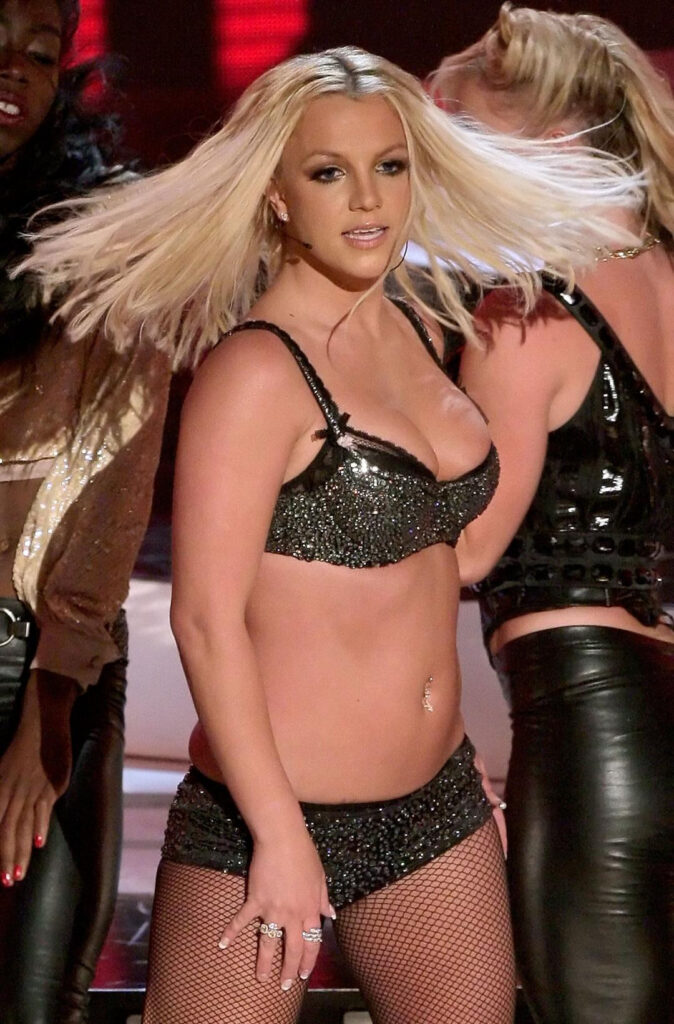Content warning: The following article discusses dieting and disordered eating.
I’ve always kept journals. Now, they’re in the Notes app on my phone, mixed with to-do and shopping lists. But in the 90s and 2000s, I filled exercise books and diaries from cover to cover with poems, story ideas, and daily impressions. I recently stumbled upon an entry from 2002, the year I was studying for my A-levels. To my horror, at the top of the page, I had meticulously detailed what I had eaten each day. There it was, in stark blue biro: a testament to the profound influence of weight and diet culture on my life. What was even more concerning were the lists themselves: the entry for 12 July, for example, simply read: “apple, 4 peanut M&Ms, 1 toast.”
I can’t recall where this habit of recording food originated, although I do remember reading the Bridget Jones’s Diary series shortly after the film was released in 2001, so perhaps it was an imitation of Fielding’s idea of listing Bridget’s calories, alcohol units and weight at the start of each entry. However, those meagre lists in my diary were about more than any aspirations I had for either writing or thinness: they encapsulate the culture of restriction that defined the 2000s – a culture that has profoundly harmed an entire generation of women. More than 20 years later, I am still trying to unlearn the unhealthy practices and body shaming which were rife at that time.

Of course, this is not to claim that thinness hasn’t been glorified by the fashion industry and Western beauty standards for decades, consequences for our mothers and grandmothers. Nor are cis-gendered millennial women the only ones who have experienced body image pressures or issues with disordered eating. However, there was something about the culture of the 2000s which represented a perfect storm – one in which the influence of the media and fat shaming of famous women reached a peak.
The drive for thinness
There were billions of magazines in circulation targeting women and young adults during the 2000s, plus an increasing number of TV channels. Add in home internet connections (just 9% of UK households had an internet connection in 1998, but by 2010 it had risen to 73%), and we were bombarded with images of thin celebrities and models from all angles. There have been reports into the exposure to such mass media and they are conclusive about its impact. As this article from 2003 summarises: “Over time the cultural ideal for women’s body size and shape has become considerably thinner and leaner” whilst the women and girls exposed to this imagery exhibit increased “disordered eating symptomatology, drive for thinness, body dissatisfaction.”
But it wasn’t just imagery in the media which was impactful. The decreasing cost and size of digital cameras meant one was often close at hand, in a pocket or bag. Coupled with the launch of social media – MySpace in 2003, followed by Facebook in 2005 – this meant that entire albums of photos of ourselves began to be shared and immortalised online. I would spend hours looking through these unfiltered records of parties or nights out, highly critical of my weight and body shape – especially in comparison to those cultural ideals of thinness which were perpetuated all around me in the media.
In addition to celebrating thinness, TV and film influenced this cycle through narratives and plotlines, which were contingent on the ‘fat’ character being unhappy, lonely or isolated because of their weight. Bridget Jones attributes being single to her weight, just like others ascribe this label to Natalie in Love Actually (2003). Andrea in The Devil Wears Prada (2006) is kept on the fringe of the cool, chic world of Runway until she has a glow-up, proudly announcing that she’s dropped a dress size. The fact that we’re supposed to see Renee Zelwegger, Martine McCutcheon and Anne Hathaway as overweight in these movies only further illustrates the awful, unattainable nature of the thin ideal.

The “Solution” to fatness
Unfortunately, for anyone struggling with body image, it was all too easy to find a solution. The early 2000s were a sea of fad diets and restrictive eating practices that gained far too much traction because of the way they were presented by big brands. With the Special K diet, for example, Kellogg’s famously claimed that you could ‘drop a jeans size in two weeks’ by replacing two of your meals a day with a bowl of their cereal. Launched in 2004, it was advertised on TV at prime time, thus legitimising the practice of heavily restricting your calorie intake to lose weight. Crash diets and meal replacement options have existed for decades, but increased access to this information online and the proliferation of these ideas through advertising and the media during the 2000s increased their influence.

The Master Cleanse (aka the Lemonade Diet), the Cabbage Soup Diet, Slim Fast: the most popular diets of this era had one thing in common – restricting calories to far below recommended amounts and replacing regular meals. If you grew up in the 90s or 2000s, you’ll probably remember Kate Moss’s infamous motto: “nothing tastes as good as skinny feels” (published online by fashion website WWD). Although it was immediately criticised in some circles, and Moss has since tried to distance herself from the remarks, it’s not the backlash that millennials tend to recall but the concept they epitomised. Kiera, 30, a teacher, tells me: “I can still remember all the tricks that celebrities shared. Naomi Campbell swallowing cotton balls dipped in juice to make herself feel full. Kate Moss saying she would light a cigarette whenever she got hungry. Things that we then tried to copy.”
Moss’s motto was bandied around between my own friends like an inconsequential jingle, often in jest, for years. I repeated it silently back to myself just as often, to the extent that those words framed my relationship with food and dieting through my teens and twenties.
The resulting trauma
I’ve considered myself to be on a diet for most of my adult life. When those celebrity anecdotes were eagerly reported in magazines or online, there was little attempt to counter them with information about balanced nutrition or even exercise (beyond the extremes, such as Britney’s claim that she did up to 1,000 sit-ups a day).
A 36-year-old friend, and partner in a law firm, admitted that she still grapples with the cycle of restriction and bingeing that took root in her eating habits during the 2000s. “Sometimes I wonder how we escaped without serious consequences,” she tells me. “Then I think about how many of us have experienced this kind of disordered eating in our lives, so perhaps we haven’t.”
However, this trauma resulted from more than just media imagery and poor advice. It was the fact that those who didn’t fit the ideal were publicly shamed on TV, the internet or in print. Magazines were packed with photos which zoomed in on any perceived imperfection: red circles, lines or arrows disgustedly pointing out different parts of a woman’s body for our examination.

Similarly, the language used towards certain individuals, such as Britney Spears, was heinous, as exemplified by this video of her weight being criticised by actor Joel McHale. Like the ads for fad diets, this was allowed on primetime TV. It denigrates her – just like those photographs with their circles of shame –, but because they discuss her body image in the same breath as her character, they intrinsically tie her body size and image to her value.
In the 2000s, thinness was more than just an aesthetic: you didn’t just have to be thin to be beautiful, but also to be happy and to be valued. This damaging idea, encapsulated by Moss’s infamous remarks about just how “good skinny feels” caused many millennials to judge themselves, their self-worth and their lives by their bodies. And, because the thin ideal was so impossible to attain for the majority of women, many found themselves depressed and suffering from disordered eating as a result.
The next set of challenges
36-year-old Becky has two daughters and is “constantly worried about whether I’m saying the right thing about myself, about them, about others, when it comes to eating and body image. I’m terrified that they’re going to end up with the same kind of scars that we have.” Thankfully, the narrative has started to shift towards body positivity in a way that seems unthinkable in the context of the 2000s. It’s refreshing to see a variety of body shapes and sizes in the media but – more importantly – to hear narratives in which female bodies are celebrated instead of criticised. Similarly, you can now easily find weight management plans which actually encourage you to eat and exercise responsibly, such as The Body Coach (which is slowly helping me to unpick my internalised ideas and habits).
Yet fatphobia and body-shaming continues to be an issue. It’s not the prevalence of digital cameras, but the rise of photo-editing apps which has created another set of unattainable ideals. Where airbrushing and editing were once the domain of magazine images of celebrities, a virtual universe of “Instagram-perfect” bodies now surrounds us. It’s only too easy to fall into the trap of judging our bodies against heavily edited or highly selected photos presented by our peers on social media.
There have been drives to counteract the harmfulness of this culture; the ‘instagram versus reality’ trend, for example, which started as a reminder of the truth behind the final ‘perfect’ image which is posted. #instagramvsreality currently has over 400k posts and a 2019 content analysis of this hashtag concluded that it did help to raise awareness of both body positivity and the overuse of photo-editing apps on the platform. There has also been some progress made towards regulating harmful social media content, including the Digitally Altered Body Image Bill, which would legally require posters to declare when an image has been edited.
Our journey away from the damaging effects of the thin, perfect ideal body is still far from over. But all of this gives me hope that the next generations can be spared our fate.














